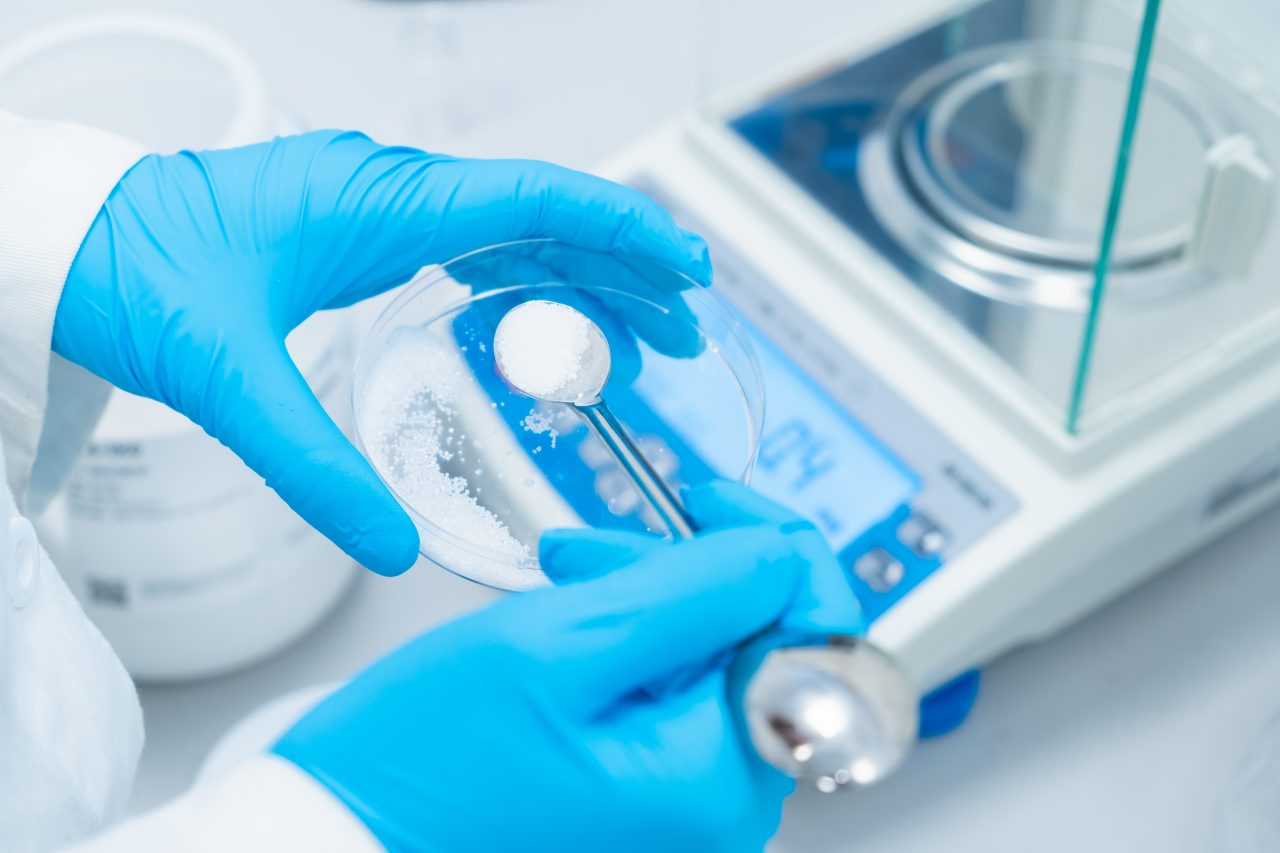The balances are laboratory equipment that need periodic maintenance to keep them in the best operating conditions. All this in order to guarantee the conservation of its characteristics: Accuracy, Presicion and Sensibility.
To guarantee the correct operation of a balance it is necessary to calibrate it during its first installation. And it must be the first of successive periodic calibrations as determined by the manufacturer of the balance. Calibration is one of the most important aspects to attend when performing maintenance and this is designed to ensure that the results that are thrown at the weighing are accurate and reliable Calibrations, both mechanical and electronic scales, are carried out using standard weights. These weights have a known exact mass and must always coincide with the measurement.
In the same way, calibration allows to save waste costs, withdraw products or processes because it helps to identify in a timely manner those equipment that no longer work correctly and facilitates the decision making regarding the resolutions to be applied in such cases.
Another advantage of calibrating balances is the detection of aged equipment. The deterioration of the equipment is completely normal and occurs as a result of the continuous use of the scales and of their exposure to certain environments, which in fact harms their levels of precision.
In this sense the calibration allows to identify the equipment that has to be replaced by deterioration due to wear or mechanical stress. The calibration also allows to improve the weighing processes if the calibration results are properly interpreted according to the defined tolerances and helps to overcome the internal and external audits that take place periodically and that are fundamental for the operations of the environment in question to continue without difficulties.
What care should we have with these equipment?
- The balance should be protected from variations in temperature and humidity, exposure to sunlight, not placed near ovens and water baths, both when stored and in use, since hot or lukewarm objects have a lower weight than when they are cold, due to currents that are established with the air that surrounds them.
- It should be placed on a table that is firm and protect it from vibrations (if possible, an exclusive table for it).
- The cymbals and the faithful must rest in their supports, whenever the balance is not being used.
- The hoods must always remain closed.
- While the scale is oscillating, the substance to be weighed must not be placed on the saucers or removed. To place the weight, the faithful must be closed and the plates placed on the supports.
- If any reagent is spilled during weighing, it must be cleaned immediately with a clean, dry cloth.
- To maintain a moisture-free environment inside the hood, place two beakers (100 ml.) Filled with silica gel or Sodium Carbonate.
- Weights greater than 1 gr must be added with the arm in rest position.
- It should be noted if there is a marked oscillation of the saucer after the arm is released, as this indicates lack of alignment
- The balance must be protected from drafts, as these produce instability.
At Kalstein we present you with sophisticated analytical balances, equipment with a high level of technology and precision that will allow you to obtain much more reliable results in your laboratory. That’s why we invite you to take a look at HERE

